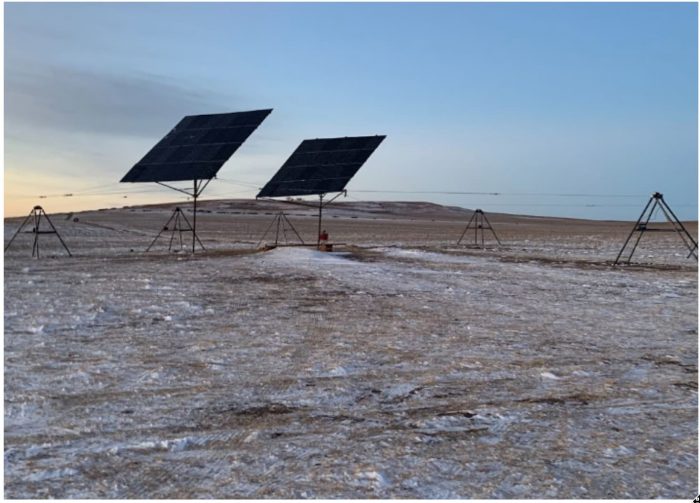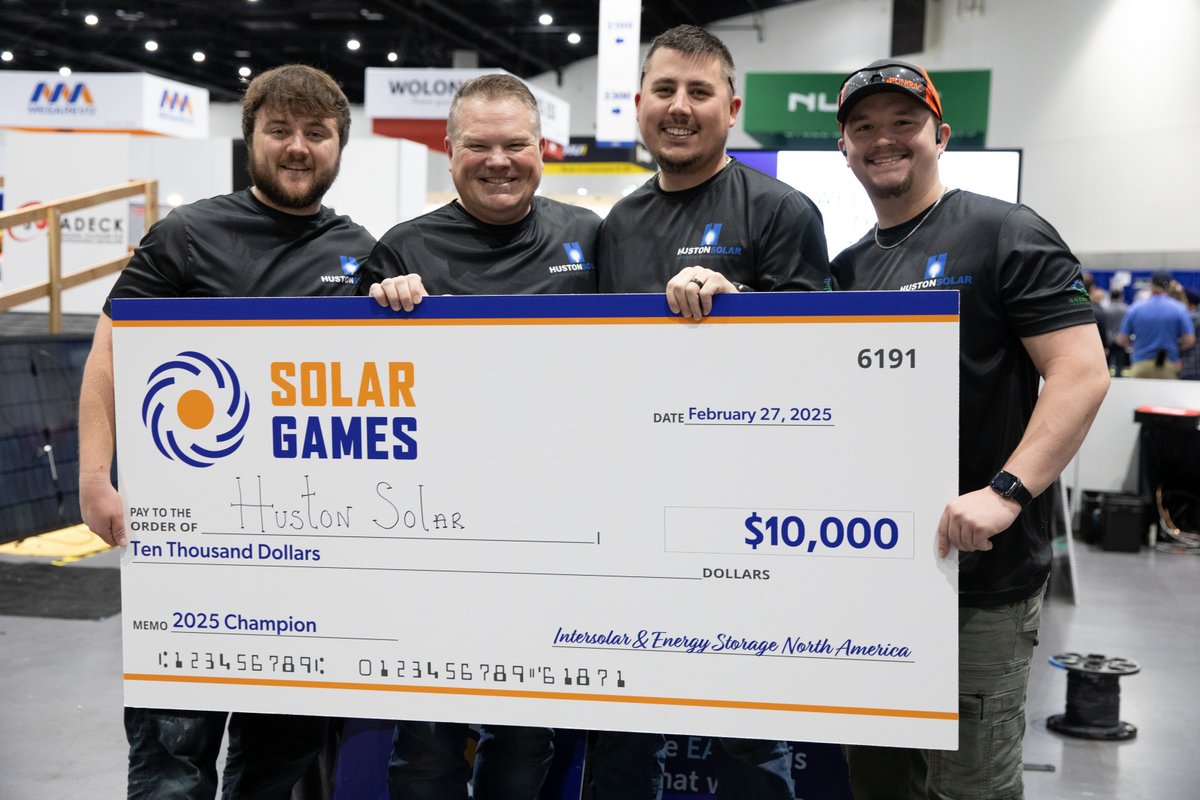RUTE aims to grow agrivoltaics market with ‘cable-stayed’ Suntracker

Agrivoltaics, farming or ranching under solar panels, has been gaining traction around the world as prime solar land becomes more scarce. An agrivoltaics array is typically raised above 8-ft to allow agriculture to continue underneath, providing revenue from solar while keeping the original use of the land. Extensive research has shown that partial shade has a net positive effect on agriculture yield.
As a result though, agrivoltaics can carry 2-3 times the structural cost of conventional solar.
“Despite being beneficial for the landowner, agrivoltaics has historically been a difficult sell for the developer,” said Doug Krause, President, RUTE Foundation Systems. “Now that we have a system with attractive economics to all stakeholders, we expect dual-use utility scale agrivoltaics to grow exponentially”
With its lower cost and the additional revenue from tracking, the RUTE Suntracker is being pitched as an agrivoltaic-focused system that achieves a levelized cost of energy (LCOE) competitive with conventional solar.
Key to removing costs from the equation is its cable-stayed structure.
Like a cable suspension bridge, up to 25% less steel is needed. RUTE SUNTRACKER also uses cables to rotate the panels to track the sun, providing up to 28% more electricity than fixed panels.
The RUTE Suntracker also requires no land bulldozing, so the land retains its original use without damage.
RUTE received a grant from the U.S. Department of Energy and Business Oregon to build a pilot, and RUTE is now building its Proving Ground at the Oregon Manufacturing Innovation Center (OMIC R&D) in Scappoose, OR. OMIC R&D is a collaborative effort between industry, academia, and the government with the goal of driving applied solutions directly to the shop floor.





Comments are closed here.